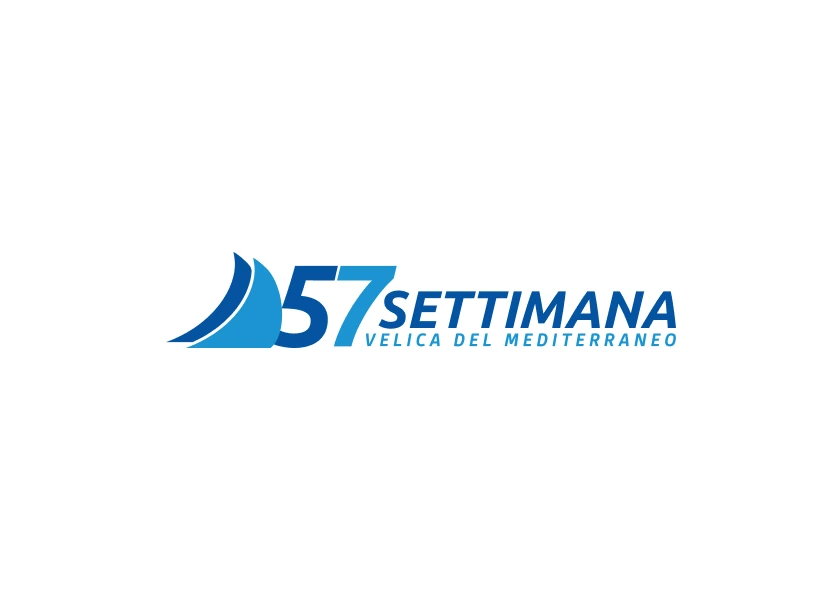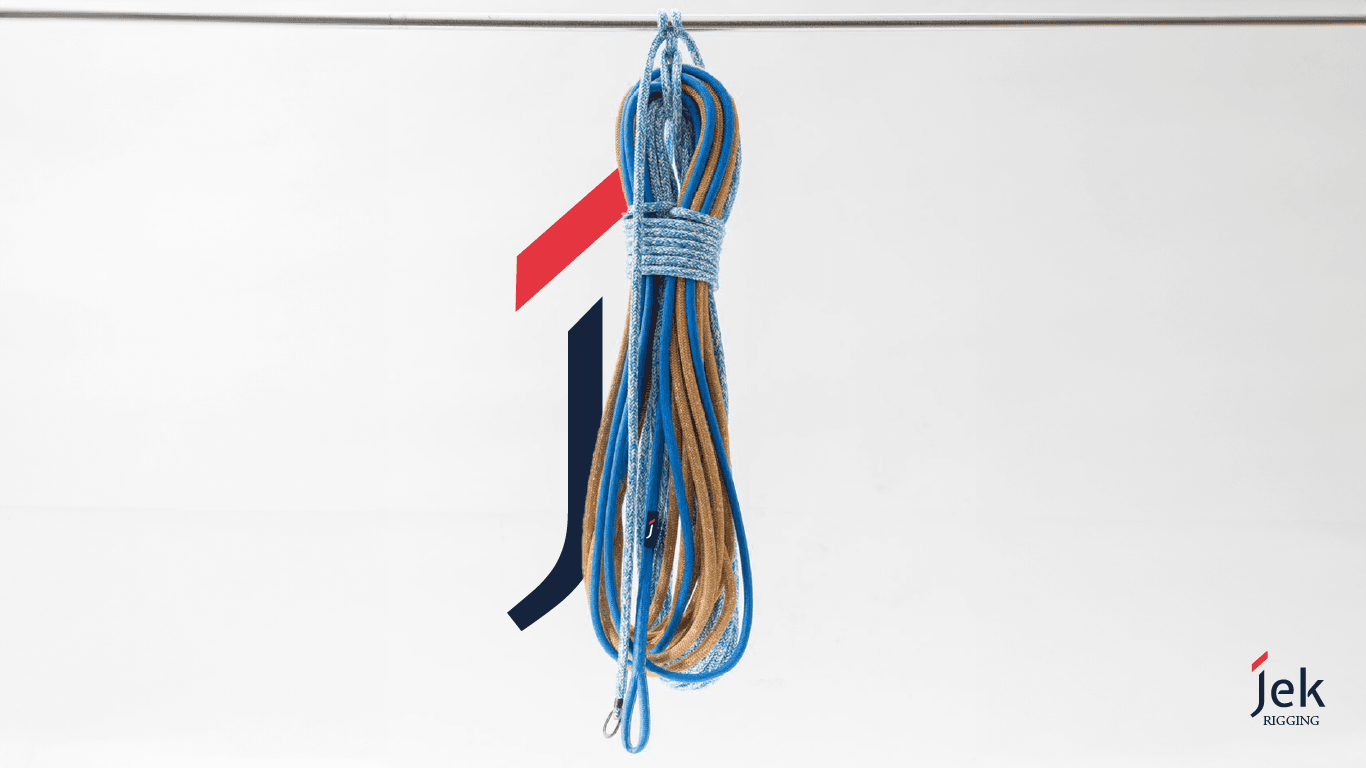ABOUT ME
Crafting visual stories
One pixel at a time
My Experiences
Let's work together, I'm open for full time / freelance
With a diverse background spanning UX design, product development, and digital strategy, I bring a unique perspective to each project.
Let’s connect and bring your ideas to life—I’m currently open for collaborations.
LUDWIG.GURU
UX Designer
2022 - PRESENT
Albamedia
Digital Designer
2018-2022
Zoe magazine
Product Designer
2018
artbiztech
Director
2015 - 2018
UXSERVICES
UX Designer
2012-2013
University of Michigan
UX Principles & Processes
Online course
2021
Vilnius University
Marketing & Communication
Master in Business Management
2016-2018
Izmir University of Economics
Advertising & Public Relations
Double major
2013 - 2016
Universidade do Minho
Communication Sciences
Erasmus
2012 - 2013
Izmir University of Economics
Media & Communication
Bachelor
2010-2015
My Education
Throughout my education, I’ve explored the many dimensions of business, communication, and design to understand how they intersect. From studying media and advertising to marketing and UX principles, each step has contributed to my holistic understanding of how ideas can be communicated effectively and transformed into impactful solutions.
My diverse academic path reflects my commitment to blending creativity with strategy, ensuring that every project I approach is grounded in a rich foundation of knowledge.
Designing with purpose
I learned that every project could have a flexible approach because of timing, budget, or strategy, but the most important things are the goals and results. My experience is a hybrid between Design Thinking, Lean, and Agile methods.
End-to-end creative design
From brand identity to marketing campaigns, delivering cohesive design across all channels
Visual Design
Crafting compelling visuals that communicate, captivate, and align with each brand’s unique identity.
UX/UI Design
Creating user-centered interfaces that enhance functionality, ensuring intuitive and enjoyable journeys.
Marketing Design
Developing effective marketing content, and social media campaigns, that drives engagement and visibility
Brand Design
Building memorable brand identities that tell stories, connect with audiences, and drive recognition.
Website Design
Designing accessible, responsive websites that engage users and deliver seamless online experiences.
Request for more
Maybe you have something different in your mind, I really enjoy learning new things.
2023
Developed a unified web experience, bridging mobile, desktop, and web platforms to meet the needs of a diverse and extensive user base.
- UI/UX Design
- Marketing
2022
Blending tech and fine dining elements, winning Bronze at Premio Agorà for its distinctive identity.
- Graphic design
- Visual design
- Branding
2021
Designed region-specific websites that are accessible, clear, and user-focused, catering to over 20,000 residents across five islands.
- Wireframing
- UX/UI Design
- Web Design
- WordPress









